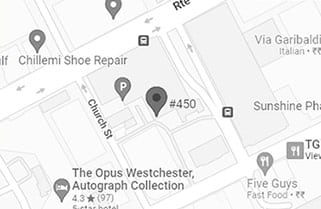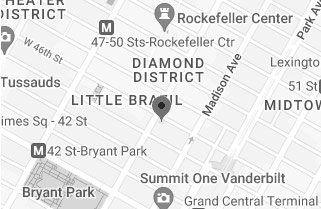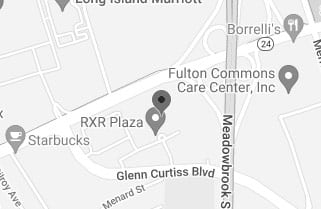Each year, an astonishing 1.3 million people die in car crashes, and a whopping 20-50 million are injured. Car accidents are the 9th leading cause of death among adults and the #1 cause of death among young people. These crashes cost U.S. citizens over $230.6 billion each year. The vast majority of these accidents are caused by negligent and reckless drivers.
In fact, a new study by the National Highway Traffic Safety Administration, described in the NY Daily News, has shown that 80% of car accidents in the U.S. are caused by distracted drivers who are eating while driving. While many drivers feel confident in their multitasking abilities, the facts show that eating while driving is dangerous. An alarming 70% of drivers eat while driving, and 83% drink beverages. Eating and drinking distracts drivers. Rather than focusing on the road, drivers are focused on rooting around in the bag for the last French fry and unwrapping a sandwich.
The National Highway Traffic Safety Administration found that burgers are the most commonly eaten food during food-related car accidents. Given the prevalence of fast food restaurants and the relative ease of grabbing a burger to-go from a drive thru, this is not surprising. What is surprising, though, are the other top contenders on the list. Soup, tacos, chili dogs, ribs, wings, fried chicken, jelly donuts, and chocolate are all top culprits. In addition, coffee and soda have been notorious for causing spills that distract drivers and cause 65% of near misses.
One of the main reasons why distractions such as food and drinks cause so many accidents annually is that reaction time is seriously hampered. If a driver cuts you off, there is an unexpected dip in the road, or debris is flying toward your car, you can’t react fast enough to swerve out of the way when you are focused on cleaning spilled coffee off of your jeans.
Despite its large population of 19.6 million residents, New York trends toward the bottom in a ranking of states by number of deaths per 100,000 drivers. Approximately 127,726,000 million miles are driven annually in New York, resulting in 1,199 deaths in 2013. If you are involved in a car accident in the state of New York, follow our tips for what to do post-crash to stay safe and build a case against the responsible party.
First, if someone hits your car, pull over into a safe location out of the way of oncoming traffic. Put your hazard lights on, and if available, place cones or hazard signs on the road behind your car. It is helpful to carry a car emergency kit in your trunk at all times that will include flares, a flashlight, hazard signs, and more.
After pulling over, call 911 to report the accident. New York State Vehicle and Traffic Law requires that any accident involving damage of $1,001 or more or injury or death must be reported to the police. In addition, the law requires that drivers exchange information regardless of the amount of damage. This information includes driver’s license number, insurance, and registration.
After dialing 911, make sure you and other passengers are not injured. If there are no injuries, survey the damage. Take photos with your cell phone of the damage to your car and the other car. If there are any witnesses, get their contact information. When the police arrive, try to have any witnesses give statements to the officer. Make sure to tell the officer everything you remember, including how fast you were driving, what the driving conditions were like, whether you saw the other party’s car, and any potential injuries. You can obtain a copy of the police report from the local police precinct or through the DMV.
If you are able to drive your car away from the crash site, call your insurance company when you get home to notify them of the accident. Then call the insurance company of the other driver. You will likely be asked to give a recorded statement of what happened.
If you or a loved one was injured in a car accident, contact the New York auto injury expert attorneys at the Law Offices of Thomas L. Gallivan, PLLC today to discuss your case.
For additional information, please see:
Annual Global Road Crash Statistics, Association for Safe International Road Travel;
General Statistics, Insurance Institute for Highway Safety Highway Loss Data Institute;
Motor Accident Reports, New York Department of Motor Vehicles




